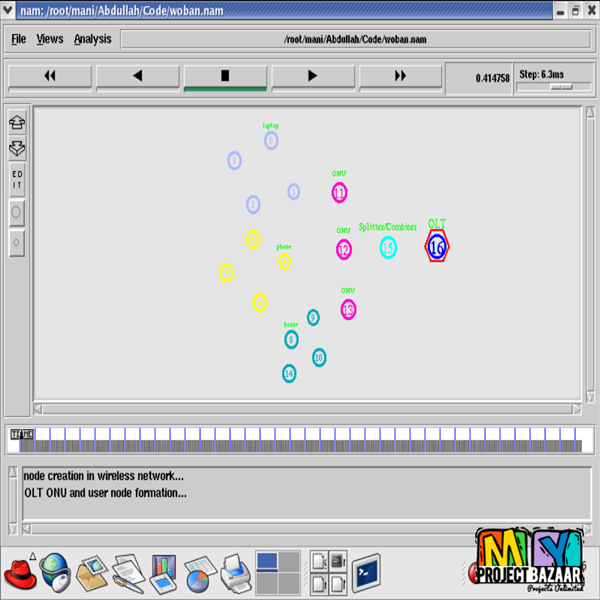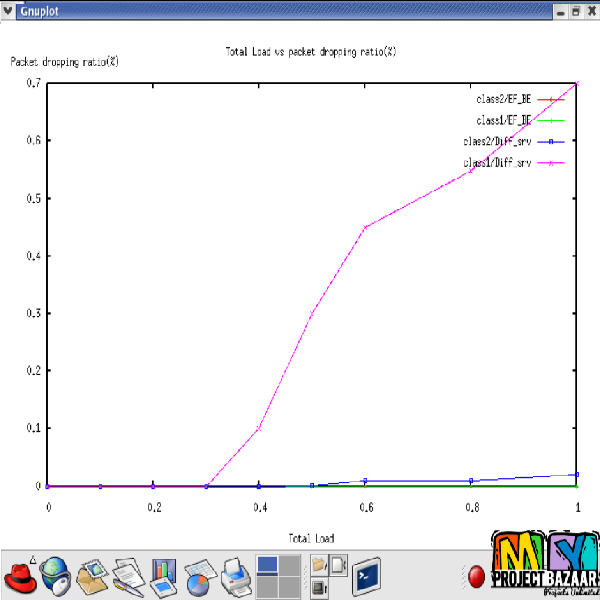
Service Class Resource Management for Green Wireless-Optical Broadband Access Networks (WOBAN)
Product Description
Service Class Resource Management for Green
Wireless-Optical Broadband Access Networks (WOBAN)
Abstract— Service Class Resource Management for Green Wireless-Optical Broadband Access Networks. Exponential growth in the volume of wireless data, boosted by the growing popularity of mobile devices, such as smart- phone and tablets, has forced the telecommunication industries to rethink the way networks are currently designed, and to focus on the development of high-capacity mobile broadband networks. In response to this challenge, researchers have been working toward the development of an integrated wireless optical broadband access network. Two major candidate technologies, which are currently known for their high capacity as well as quality of service < Final Year Projects 2016 > for multimedia traffic, are passive optical networks (PON), and fourth generation (4G) wireless networks. PON is a wired access technology, well known for its cost efficiency and high capacity; whereas 4G is a wireless broadband access technology, which has achieved broad market acceptance because of its ease of deployment, ability to offer mobility, and its cost efficiency. Integration of PON and 4G technologies in the form of wireless-optical broadband access networks, offers advantages, such as extension of networks in rural areas, support for mobile broadband services, and quick deployment of broadband networks. These two technologies however, have different design architectures for handling broadband services that require quality of service. For example, 4G networks use traffic classification for supporting different QoS demands, whereas the PON architecture has no such mechanism to differentiate between types of traffic. These two technologies also differ in their power saving mechanisms. In this paper, we propose a service class mapping for the integrated PON-4G network, which is based on the M/G/1 queuing model. We also propose a class-based power saving mechanism which significantly improves the sleep period for the integrated optical wireless unit, without compromising support for QoS. Results indicate that our proposed class-based power saving scheme reduces power consumption by up to 80 %, and maintains the QoS within the requirements of the service level agreement.
Including Packages
Our Specialization
Support Service
Statistical Report

satisfied customers
3,589
Freelance projects
983
sales on Site
11,021
developers
175+Additional Information
| Domains | |
|---|---|
| Programming Language |
Would you like to submit yours?



















There are no reviews yet